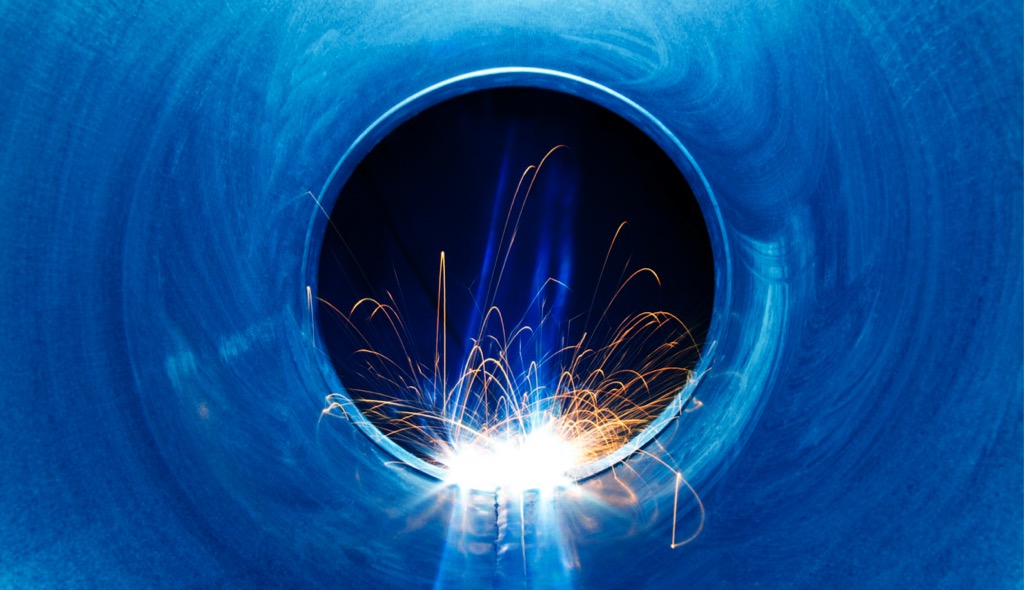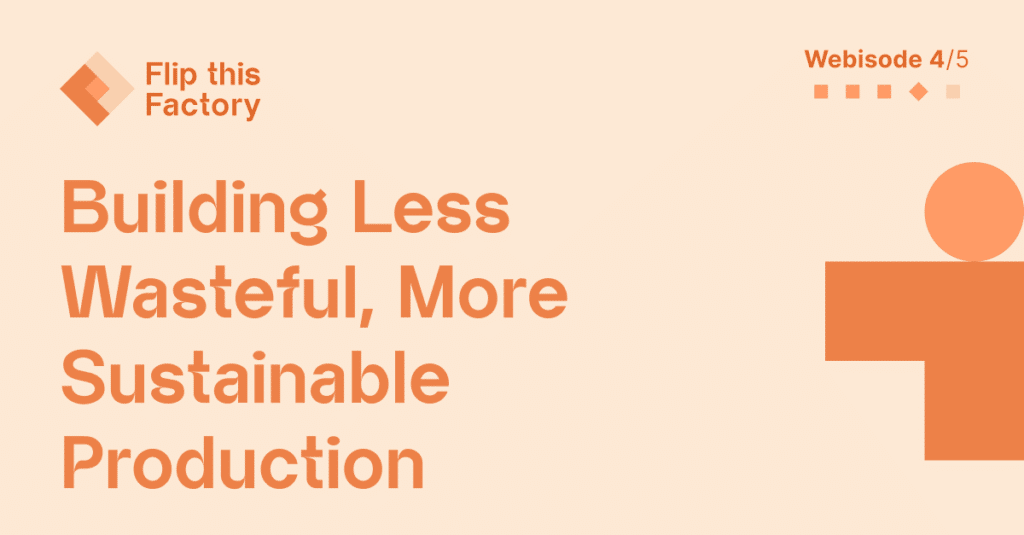
A World Economic Fund white paper on making manufacturing more circular offers an ambitious vision. “In fact, it’s audacious,” writes James Newman, Augury’s Head of Product and Portfolio Marketing. “It’s a call for manufacturing leaders to be bold with their suppliers – to make them accountable. But it also means manufacturers have to be bold with their stockholders.”
Towards Circular Manufacturing
The white paper ‘Circular Transformation of Industries: Unlocking New Value in a Resource-Constrained World’ is a radical call to action. Released during the World Economic Forum’s Annual Meeting 2023 at Davos, it was a collaboration between usually more restrained voices: WEF, Bain & Company, University of Cambridge and business school INSEAD.
Read: ‘Transforming Manufacturing:
Turning Lighthouses Into Seas Of Light’.
“With an ever-changing landscape in the global economy, industrial companies are forced to rethink their use of resources and their contribution to economic growth. Circular transformation can help achieve robust and sustainable expansion in a resource-constrained world,” says the report.
You are reading it right: the report is actually saying manufacturers can boost profits while doing right by the environment.
But yes, it won’t be easy and the payback won’t be immediate.
Opening Up The Walls To More Partners
Over the last 20 years companies have tried to amplify their circular initiatives. But they have largely failed since they constrained themselves to the four walls of their organization. While easier to control, this approach ignored all the outside sources they used – which were perhaps staying dirty-business as usual. While these efforts may have been “on-brand” and satisfying certain stakeholders, the WEF makes clear it was not enough. Companies have to open themselves up to more partners – especially within their supply chain.
According to the report, systemic change and the backing of government, academia and civil society will also be required to make this work. Hence, the WEF is using this paper to inspire all stakeholders “to share insights, best practices and lessons learned, and forge new partnerships to accelerate the circular transformation of industries.”
Consider us onboard.
Learning To Be Bold With Your Suppliers
For me, this report primarily underlines the need for manufacturers to be bold with their suppliers. Historically, people have said: “Hey, Supply Chain: you should be sustainable.” However, no one held them accountable and mandated they had to work in this way. Why? Because no one wanted to bear the cost they assumed was going to be imposed on them for “making me do this.”
Sure, some attempts have been made to make suppliers take ownership, but these only highlighted the immensity of the challenge. Just look at interoperability: when everyone jumped on the digital twin bandwagon, every owner of a large manufacturing firm said, “I want a digital twin of my facility!” Every supplier answered: “Great! Here’s how much extra it’s going to cost you.” And then most every owner replied: “Oh, right. Never mind.”
It might be nice to imagine that a circular economy is going to be free. But the fact is it will require a significant investment across your supply chain to work. And people need to understand this from the very beginning.
Only then, will you be able to mandate the way people work for you. Only then, can you start saying things like: I want to have KPIs that show your uptime. I want to have KPIs that show your process efficiency. Show me the year over year improvement in your energy and water usage and in your worker safety statistics. And if you can’t, here’s the people I use to help me internally. I recommend you use the same people or an equivalent – but then you need to prove your choice is equivalent, so I can trust your reports. And if you don’t, the next list will be the new suppliers I will be working with.
Now Try Convincing Your Investors
Of course, it’s been attempted many times to mandate compliance across the supply chain – may it be around pollution or working conditions. Sometimes it works. But the main reason it fails is because the person at the top of the food chain is surprised when people say it’ll cost more to work differently.
Many technologies and techniques already exist to streamline production, work in more sustainable ways and track impact. But before you can apply them in any meaningful way, leaders also need to stand up and be courageous enough to say to their stockholders: “This might cut into our profitability as I pay for an ecosystem that will enable this to work.”
Are you ready to do that? And sure, companies like Augury can help you achieve these goals, and your ROI might prove speedy and spectacular. And you can confront those pressure points you know you can win – to inspire everyone involved to continue down the path towards circularity.
But you will still need to invest – while also entering largely uncharted waters…
Towards The World’s First Sustainable Supply Chain
At the end of the day, systemic circularity is about boldly looking outside the four walls of your company. Before, you had some control over what happens internally. But you needed to be a Walmart to have more control over what happens externally. To gain this control, they built a linear integrated supply chain so they now know in advance who to order what from, and at what price.
But even Walmart hasn’t built a sustainable supply chain – there is no circular economy happening in their supply chain. Now, they have to figure out how to do this in a sustainable way using sustainable goods – while having second- and third-tier supply chain impact reports and following accepted circular economy metrics… Etcetera.
No one’s built for that complexity. Yet.
CEO after CEO has committed their organization to be Net Zero by 2030. That’s a terrific objective. But now we have to reach for a greater beyond – a supply chain that’s Net Zero. The big goal has become: Who is going to build the world’s first sustainable supply chain?
The race is on. Who’s in?
Read: ‘Today, Not One Day: How Manufacturers Can Go After Sustainability Goals’.





